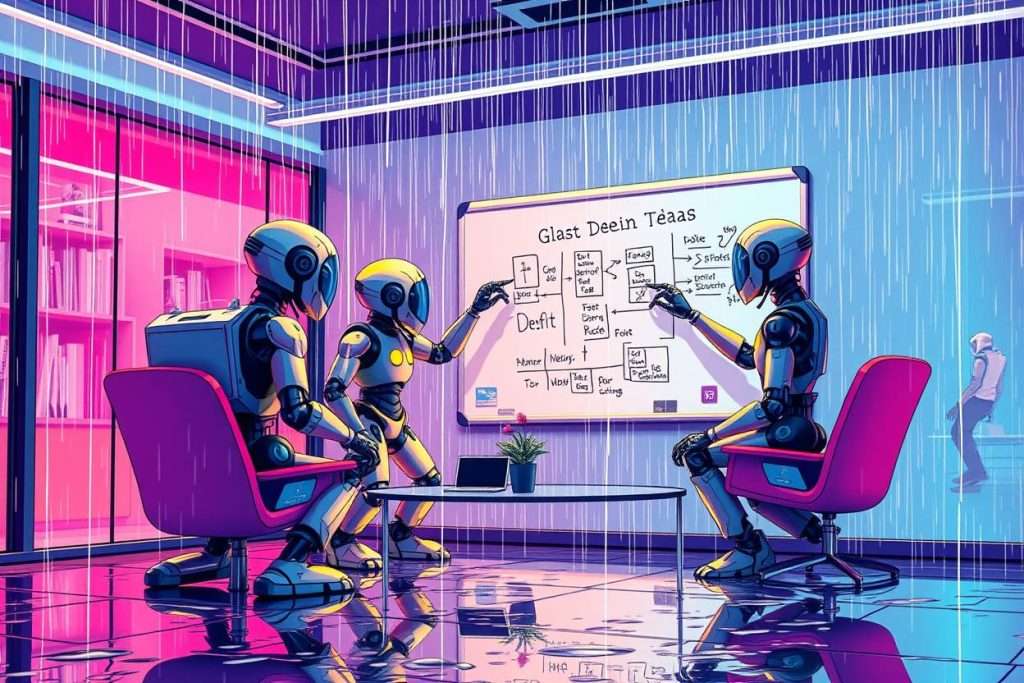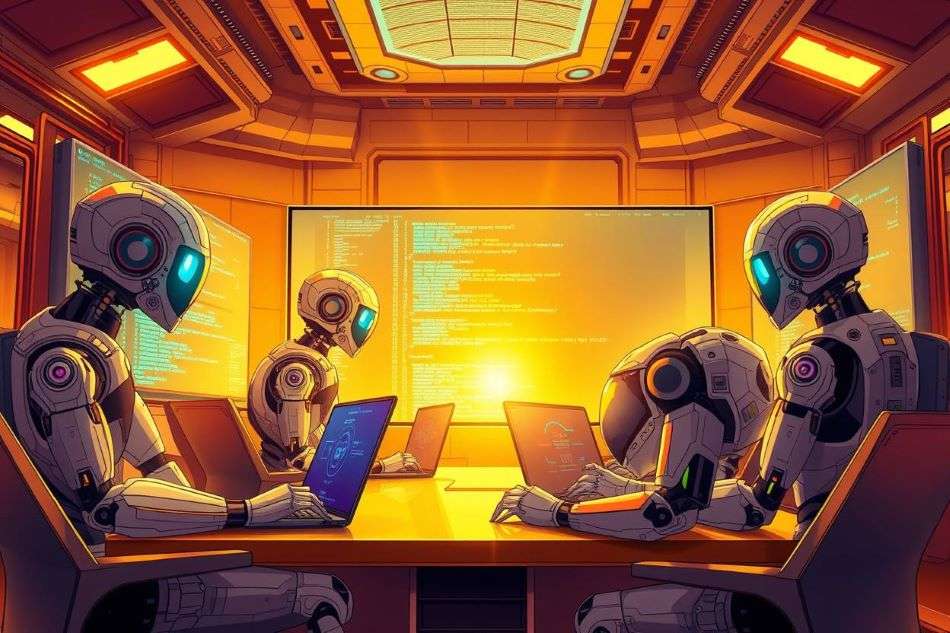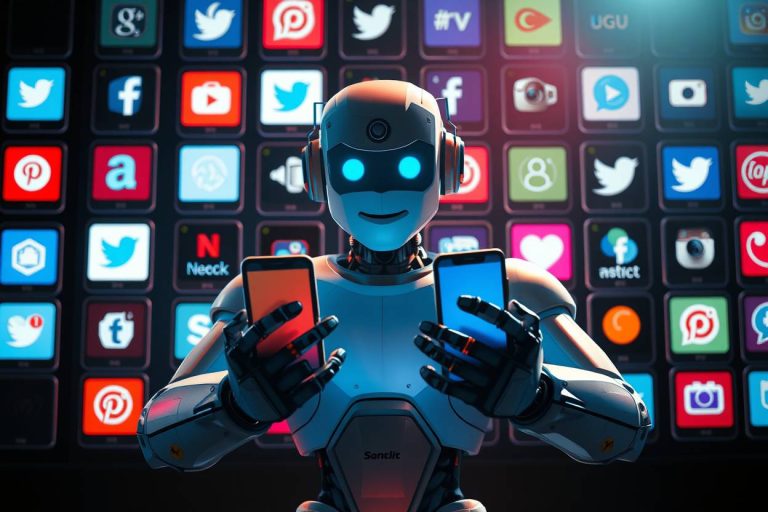The Future of Digital: How AI Is Transforming Marketing and Web Development

The digital world is undergoing one of its most dramatic shifts since the birth of the internet. Artificial Intelligence (AI). Once confined to science fiction, is now embedded in our everyday tools, from recommendation engines to chatbots, content creation platforms, and code generators. But we’re no longer talking about isolated tools; we’re entering an era where AI is reshaping the entire digital landscape.
This transformation is especially evident in two interconnected fields: marketing and web development. Together, they form the customer-facing engine of most businesses. And with AI stepping in as co-pilot, the way we build, promote, and evolve digital experiences is changing fast.
While many tools today are shifting toward automation, businesses still rely heavily on expert-led web services to ensure performance, strategy, and conversion stay front and center. Companies like Epiic.com specialize in professional website development and optimization—helping brands stay competitive in a rapidly evolving digital space, with or without AI.
Marketing Reimagined: From Campaigns to Conversations
Predictive Over Reactive
Traditional marketing was reactive — launch a campaign, wait for results, then optimize. AI flips that script. With access to vast datasets, AI can predict customer behavior, optimize messaging on the fly, and even choose the best channel and timing for delivery.
Imagine launching a campaign that rewrites its own headlines in real time based on engagement. That’s not the future — it’s happening now.
Hyperpersonalization at Scale
One of the most exciting impacts of AI is the ability to deliver truly personalized experiences to millions — simultaneously. Platforms like Adobe Sensei and Salesforce Einstein use AI to analyze behavior and tailor content for individual users. Emails, ads, landing pages — they all adapt dynamically.
This kind of hyperpersonalization used to require massive resources. Now, AI democratizes it. Even startups can deliver Netflix-level personalization.
AI Copywriting: The Rise of the Hybrid Creator
Tools like ChatGPT, Jasper, and Copy.ai have opened the door to AI-assisted copywriting. But the best results come not from full automation, but collaboration. AI helps generate headlines, suggest structure, even optimize for SEO — while human writers bring nuance, strategy, and emotional depth.
Conversational Marketing
With the rise of AI chatbots, marketing is becoming a real-time, two-way street. Instead of waiting for someone to fill out a contact form, AI-powered bots can engage users instantly, answer questions, suggest products, and even qualify leads.
But the best bots go beyond FAQ — they learn from every interaction, getting smarter over time. They’re not just replacing live chat — they’re redefining the customer journey.
AI in Web Development: From Code to Creativity

Faster Prototyping, Smarter Code
AI is becoming a silent partner in development teams. GitHub Copilot, for instance, helps developers write code faster by suggesting snippets, identifying bugs, and auto-generating documentation. This doesn’t replace developers — but it does supercharge their productivity.
What used to take days can now be prototyped in hours. AI handles repetitive tasks, freeing human developers to focus on structure, UX, and innovation.
Design Automation with a Human Touch
No-code and low-code platforms are booming, and many now come with AI design assistance. Tools like Wix ADI and Framer AI can generate website layouts and even write on-page content based on minimal input.
But just like in marketing, the magic lies in the hybrid model. Companies like Epiic.com combine AI-driven design with human oversight, ensuring that sites aren’t just technically sound, but emotionally resonant and conversion-focused.
Personalized UX in Real Time
AI isn’t just transforming how we build websites — it’s changing how users experience them. With real-time data analysis, websites can adapt to user behavior on the fly.
Imagine a homepage that changes based on your industry, previous interactions, or even time of day. Or a pricing page that reorders options based on your likelihood to convert. That’s adaptive UX, powered by AI.
Accessibility and Inclusion
AI is also making the web more accessible. Tools now exist that can auto-generate alt text, translate content into multiple languages, and even adjust contrast for better readability. As algorithms improve, accessibility isn’t just a checkbox — it becomes a natural, dynamic part of every user’s experience.
Data: The Fuel Behind the Machine
AI’s power comes from data — but not just quantity. Quality, structure, and context matter. That’s why companies are investing heavily in data hygiene, integration, and governance.
Modern marketers and developers don’t just need AI skills — they need data literacy. Knowing how to feed the machine properly is just as important as knowing how to use its outputs.
Privacy, of course, remains a major concern. As AI collects and processes more data, ethical use and compliance with laws like GDPR and CCPA become critical. The future isn’t just smart — it must be responsible.
The Human Element: Not Replaced — Reinforced
A common fear is that AI will replace human roles. But in marketing and development, the opposite is happening. The best-performing teams use AI as a force multiplier — not a replacement.
Human insight, creativity, ethics, and strategy are irreplaceable. What AI does is remove the grunt work, accelerate iteration, and open up new creative possibilities. It’s like going from hand tools to power tools.
Emerging Trends to Watch
Generative AI Beyond Text
AI is now generating not just words, but images, video, and even code. Expect to see more brands experimenting with AI-generated video ads, automated branding assets, and personalized video sales messages.
Voice and Multimodal Interfaces
Voice AI (like Alexa and Google Assistant) is growing smarter. But the future lies in multimodal AI — systems that combine voice, text, visual recognition, and gestures to understand context more like humans do.
AI-as-a-Service
Just as SaaS revolutionized software, AI-as-a-Service is doing the same for intelligence. Marketers and developers can plug into tools that handle everything from lead scoring to A/B testing to site optimization — without building anything from scratch.
How to Prepare: Skills, Mindsets, and Tools
- Learn to Collaborate with AI – Whether you’re writing, coding, or designing, AI works best as a creative partner — not a magic wand.
- Focus on Strategy and Empathy – What AI can’t replicate is deep understanding of your audience’s emotions, goals, and context. That’s your edge.
- Stay Curious and Experiment – This space is evolving fast. Test new tools, attend webinars, follow innovators. Don’t get left behind.
- Invest in Data Quality – Garbage in, garbage out. Prioritize clean, connected, privacy-compliant data streams.
- Choose the Right Partners – Look for agencies and platforms that understand how to blend AI efficiency with human creativity — like Epiic.com and others leading the hybrid future.
Conclusion: The Future Is Already Here
AI isn’t a distant horizon — it’s now woven into the fabric of digital work. But the most successful teams won’t be the ones who automate the most. They’ll be the ones who use AI wisely, blending its capabilities with human judgment, creativity, and care.
Marketing and development are no longer siloed departments — they’re dynamic, data-powered, AI-enhanced ecosystems. And as tools evolve, the role of human creators becomes more strategic, more creative, and more essential than ever.
The future of digital isn’t AI vs. humans. It’s AI with humans — building better, smarter, more personal experiences together.




